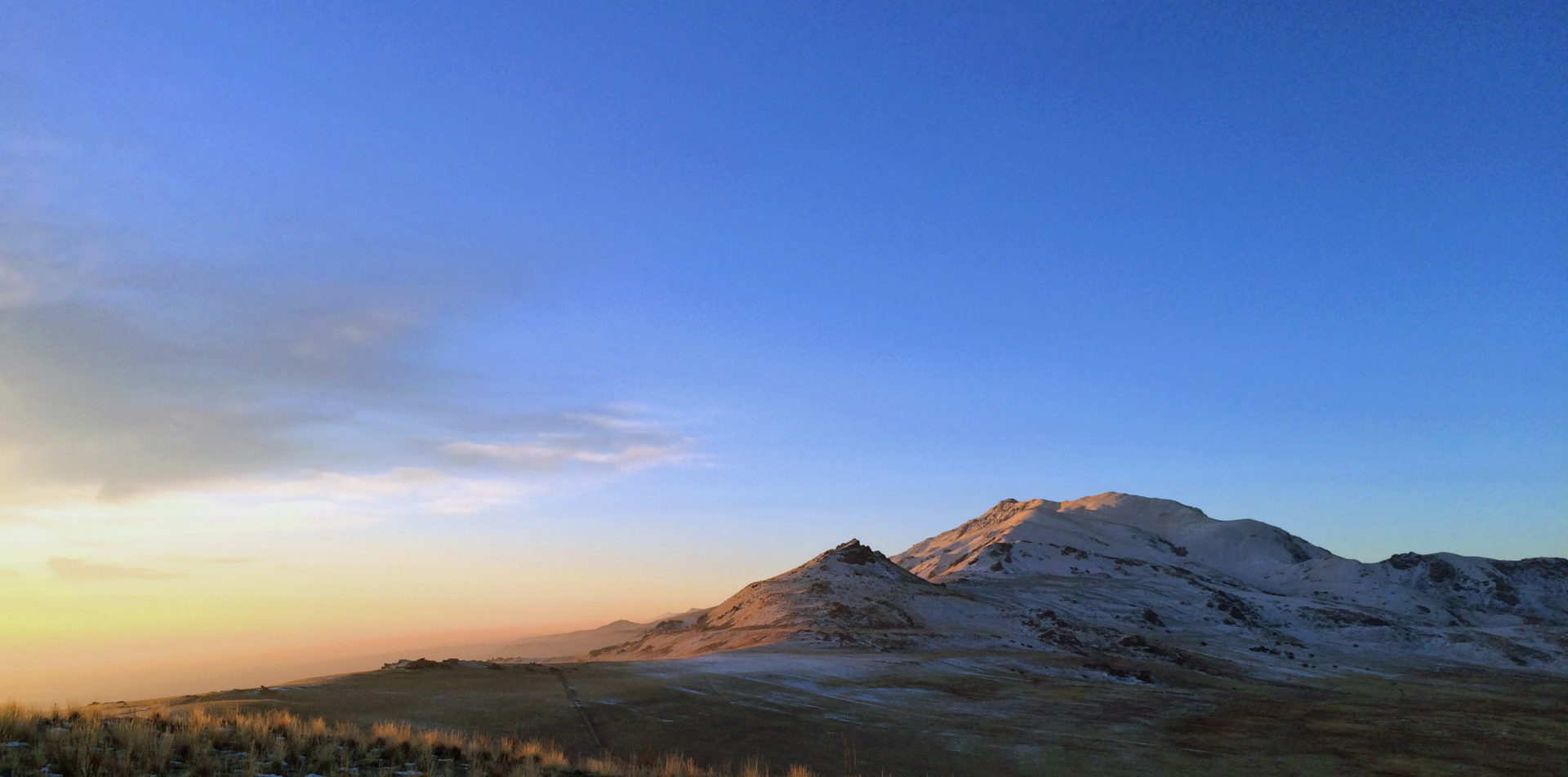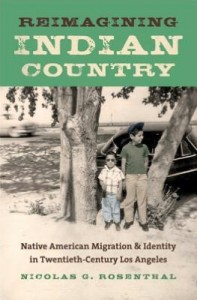Readers may be catching on to the fact that I am a sucker for scholarship that, to paraphrase David Weber, takes the familiar and makes it strange. For this reason, I am often drawn to Western history that pulls familiar themes from the 19th Century (or earlier) and pulls them fully into the 20th and 21st century. I love studying the “Modern West.” This slim volume by Nicoclas Rosenthal, an associate professor at Loyola Marymount University, does just that. In its broadest strokes, the text asks readers to problematize all of their conceptions about what “Indian Country” means, and what how it translated into the lived experiences of Indian in it. Far dislocated from the repeated stereotypes of “Indian Country” as rural, isolated, or underdeveloped, Rosenthal examines the phenomenon of urban Indians in Los Angeles. In perhaps the greatest irony, the reimagining of Indian Country and identity as urban should not be that much of a stretch! Since the mid-20th century, more American Indians lived in urban than rural settings! Statistically, urban environs ARE the most predominant form of “Indian Country,” and most Americans who self-identify as Native were raised in urban or suburban worlds. This reality, however, runs deeply counter to the prevailing narratives of Indians and Indian-ness in American culture.
So, what does Rosenthal’s work reveal? Quite a lot actually. The work focuses on Native migration to Los Angeles and then traces out the complexities of their living in that urban world. The details of the stories he shares hold all kind of fascinating tidbits and a ha moments. For me, however, the bigger ! of Reimagining Indian Country is the potential value it presents as a case study to be read in tandem with other works. (I know, I know, I just can’t seem to get off of my comparative history soap-box can I?!). If one considers other works in western urban history, migration of other ethnic minorities in the West (and especially to other Western cities), or even the histories of non-migrant ethnic minority populations in urban settings, Rosenthal’s volume takes on new form. At the same time, his history is so very unique to the Indian identity and experience it digs through and yet at some of the more macro-scale themes, so very familiar to the experiences and struggles of any other number of ethnic minorities in Los Angeles. For this alone, I think Rosenthal’s book is worth considering. Add it to a reading list on urban history, California history, or modern West history.
For the world of indigenous studies, Rosenthal’s text can offer different comparative values. Throughout, I paused and thought about how the urban experience in Los Angeles compared to that of the Arizona Yaquis I am writing about in my book. I suspect that other scholars whose work has touched on urban Indian experiences (or scholars who grew up with or as urban Indians) will find innumerable moments for comparative reflection.
The story of urban Indian identity in the United States, and perhaps urban indigenous identity globally, is one that needs many more people telling it. What an exciting field of study – and one so ripe for more work. So, what are we waiting for? Let’s get at it!

 Nicolas G. Rosenthal. Reimagining Indian Country: Native American Migration & Identity in Twentieth-Century Los Angeles. Chapel Hill: The University of North Carolina Press, 2012.
Nicolas G. Rosenthal. Reimagining Indian Country: Native American Migration & Identity in Twentieth-Century Los Angeles. Chapel Hill: The University of North Carolina Press, 2012.